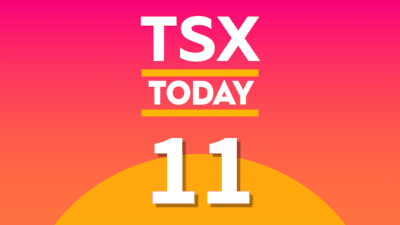This year, Canadians are afforded the opportunity to contribute $7,000 to their Tax-Free Savings Account (TFSA), a valuable chance to grow their wealth tax-free. However, deciding how to allocate this contribution requires careful consideration.
While the allure of cryptocurrencies or the next hot stock pick might seem tempting, such investments carry significant risks. A single misguided investment could not only deplete your TFSA contribution room but also potentially leave you with losses that could take years to recover from, reminiscent of bagholding investors caught in the aftermath of meme stock frenzies.
It’s also wise to avoid placing your bets on a single sector or country. History provides cautionary tales, such as the U.S. market following the dot-com bubble or the prolonged stagnation of the Japanese market. These examples underscore the importance of global diversification in safeguarding your investments against sector-specific downturns or geographic economic slumps.
The smart move is to embrace global diversification, allowing you to own a piece of thousands of companies from around the world with your $7,000 TFSA contribution. A strategic way to achieve this is through an exchange-traded fund (ETF), like iShares Core Equity ETF Portfolio (TSX:XEQT).
How XEQT works
XEQT stands as a prime example of an “asset-allocation” ETF, designed to simplify the investment process by strategically holding a collection of other ETFs. In XEQT’s case, it encompasses four ETFs, providing comprehensive exposure to a diverse range of stock markets across the globe.
The current allocation within XEQT is thoughtfully distributed, featuring around 47% in U.S. stocks, 24% in EAFE (Europe, Australasia, and Far East) stocks, 24% to Canadian stocks, and 5% to emerging market stocks. The ETF periodically rebalances its holdings, maintaining a consistent investment strategy aligned with its objectives.
XEQT’s cost efficiency is another notable advantage. With an expense ratio of just 0.20%, this fee includes the costs of the underlying ETFs, making it a cost-effective option for investors seeking global stock market exposure. Additionally, XEQT offers a 2.83% distribution yield, which is paid out quarterly, providing investors with a steady income stream alongside the potential for capital appreciation.
Why I like XEQT
Your investment portfolio can be likened to a bar of soap — the more you handle it, the smaller it gets. This analogy perfectly encapsulates the beauty of investing in XEQT, which simplifies the investment process to just three steps:
- Periodically buy more XEQT.
- Reinvest the quarterly dividends.
- Do nothing else. Relax.
Indeed, XEQT, being composed entirely of stocks, will experience volatility. It’s part and parcel of investing in the stock market. During market downturns, XEQT will not be immune to declines. However, it’s crucial to remember the broader perspective.
By investing in XEQT, you’re essentially placing a long-term bet on the global stock market’s upward trajectory. Considering the historical growth of global markets, this is one of the safest bets you can make in investing.







